Introduction
Insurance companies will take action to try to pay you the least amount possible for your car accident injury claim. I know this because I spent years working on behalf of insurance companies in Kentucky defending personal injury claims in Kentucky courts throughout the state. To win your Kentucky car accident case, there is certain proof you must have if you want a big payday. Let me illustrate this by telling you the story of my past client Tiffany.
Tiffany’s Story
One day in the fall of 2020, while working from home due to the COVID-19 pandemic, I received a call from Tiffany. She informed me that she was injured in a motor vehicle accident. She was driving straight on a two-lane road when someone pulled out in front of her from a side road, fishtailed, and struck her vehicle, knocking it off the roadway into a brick sign. She was transported by ambulance to the hospital.
Medical Treatment and Diagnosis
After being discharged from the hospital and getting subsequent medical treatment, an MRI about a month after her accident revealed that the most significant injury she sustained was a tear of a rotator cuff in her right shoulder. After conservative treatment did not stop her pain, she underwent surgery to fix the tear in her right shoulder, followed by a couple of months of physical therapy.
Proving Liability
After signing Tiffany up as a client, my team and I immediately got to work on her case. We tracked down surveillance footage that caught the car accident on video. Liability for the accident clearly rested with the other driver. To win a car accident injury case in Kentucky, the first thing you must prove is liability. While we had an easy time proving liability in Tiffany’s case, that’s not always the case for everyone involved in a car accident in Kentucky.
Understanding Pure Comparative Negligence
Kentucky is a pure comparative negligence state. Pure comparative negligence, also known as pure comparative fault, is a legal doctrine used in Kentucky to determine how damages are allocated when multiple parties share the blame for an accident. Under this doctrine, each party’s degree of fault is taken into account when calculating the amount of compensation they are entitled to receive or liable to pay. This means that even if a person is 99 percent responsible for an accident, they could potentially recover 1 percent of the damages from the other party.
Gathering Evidence
After proving liability, the next step was to prove the amount of Tiffany’s damages caused by the car accident. My office gathered all her medical records and bills, and proof of her lost wages for the time missed from work. We showed that Tiffany incurred at least $70,000 in medical expenses and $40,000 in lost wages.
Initial Demand and Lawsuit
I sent a demand letter to the other driver’s insurance company along with all the evidence we gathered in support of Tiffany’s claim, including her medical records, medical bills, the video of the accident, and photographs depicting bruising throughout Tiffany’s body. We demanded the insurance company pay the policy limits. The insurance company delayed providing us with a response, so I filed a lawsuit. This got the insurance company’s attention, and they quickly agreed to pay out their insured driver’s policy limits of $100,000.
Pursuing Underinsured Motorist Coverage
But we weren’t done. Tiffany was driving a vehicle that had underinsured motorist insurance coverage (UIM). UIM insurance is coverage you can purchase that protects you financially if the person who caused the accident doesn’t have enough insurance to cover all your damages. After settling with the other driver’s insurance, we pursued our claim against the underinsured motorist insurer, who we had also sued in the lawsuit.
Litigation Process
We attempted a couple of rounds of negotiations with the UIM insurer, but they were not willing to make a fair offer. So, we continued litigating the case. We answered written discovery questions and requests sent over by the UIM insurance carrier. We also had the UIM insurance carrier answer written discovery questions and requests that we had sent to their defense attorney. The defense attorney for the UIM insurance carrier took Tiffany’s deposition, where she explained all the pain and suffering she had experienced, including not being able to engage in her hobbies or do household chores.
Final Settlement
After months of litigating the case through the court system, we were finally able to come to an agreement to settle the UIM portion of the case for $165,000, bringing the total settlement for Tiffany to $265,000. This included around $150,000 for her pain and suffering damages. Tiffany and her husband were very happy with the outcome.
Conclusion
Winning a Kentucky car accident case is not always easy. Insurance companies will lowball you and try to get you to accept a low settlement. We had to push Tiffany’s case forward through litigation to finally get a fair and reasonable offer. If you can prove another driver was the cause of your accident and that you sustained injuries that required you to incur medical bills, lost wages, and pain and suffering, you are entitled to fair and reasonable compensation.
Final Advice
Do not let the insurance companies win. Show them that you are a fighter, and will only be willing to settle your injury case for a fair and reasonable amount. Just because you have all the evidence you need to win does not mean the insurance company will offer to pay you a fair amount. You often need to file a lawsuit to get paid more for your injury case. And in this video about to pop up here, I’ll tell you why filing a lawsuit usually gets you paid more in your injury case. Lastly, if you’ve been injured in a car accident, slip or trip and fall incident, or dog attack incident in Kentucky, remember: don’t wait, call Tate.

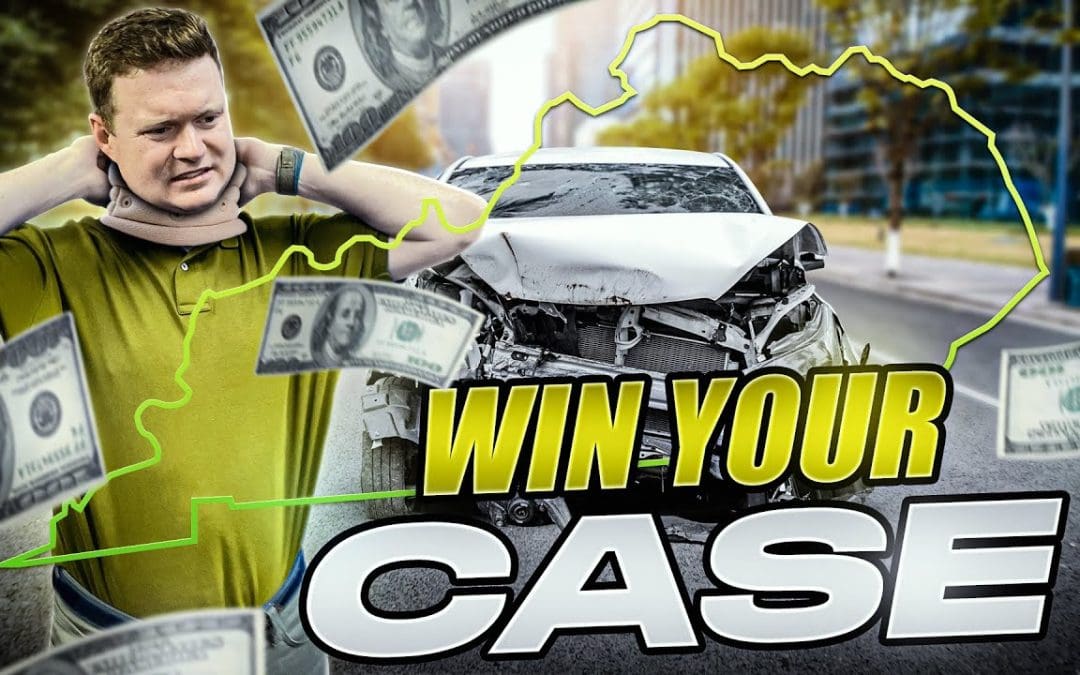

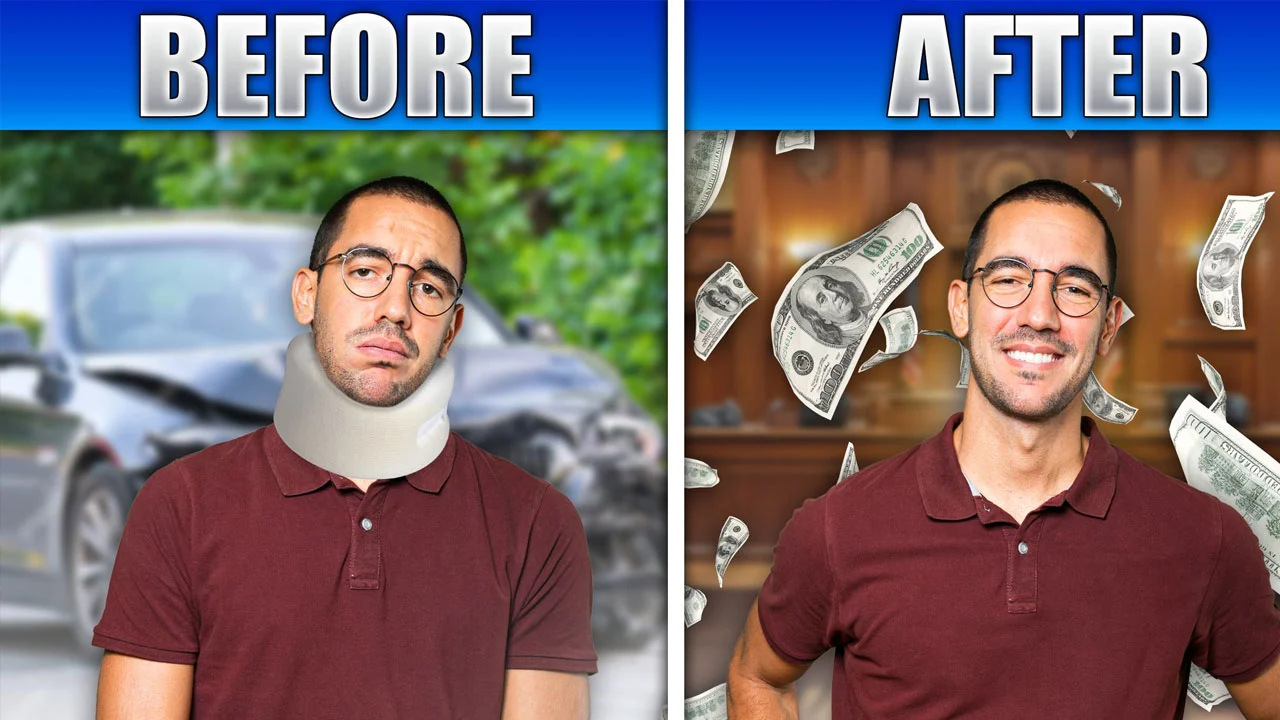

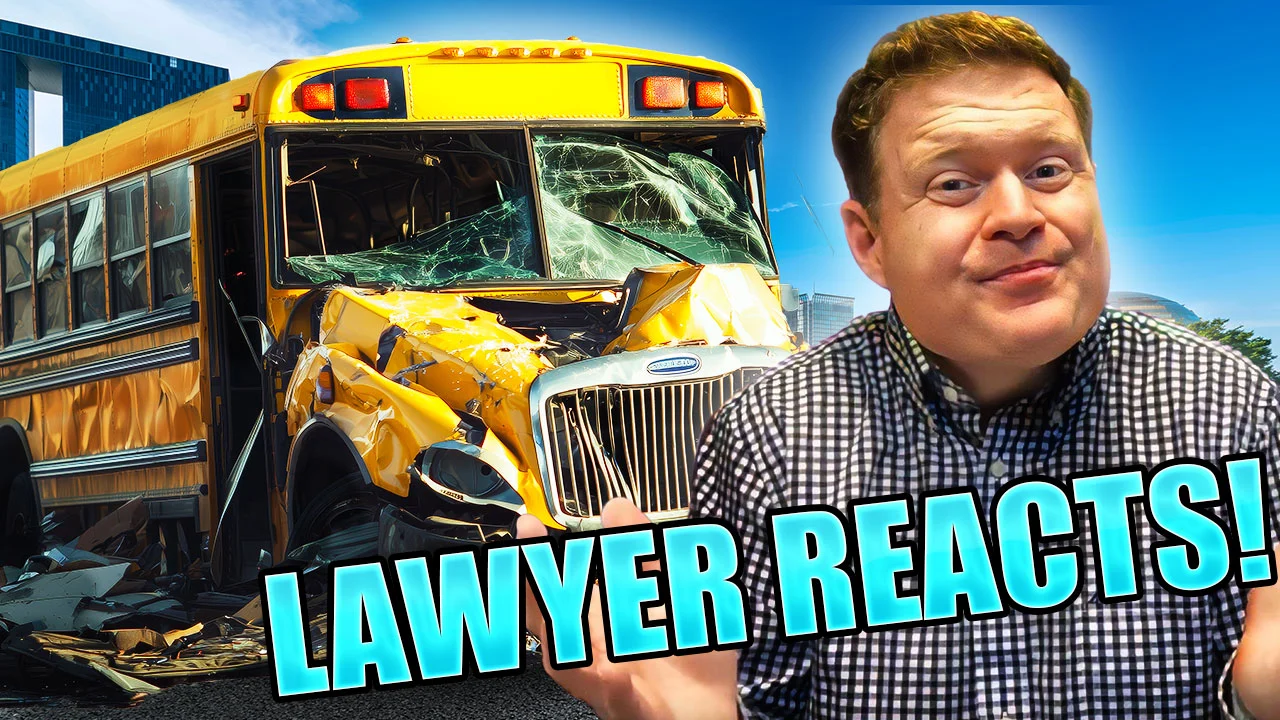
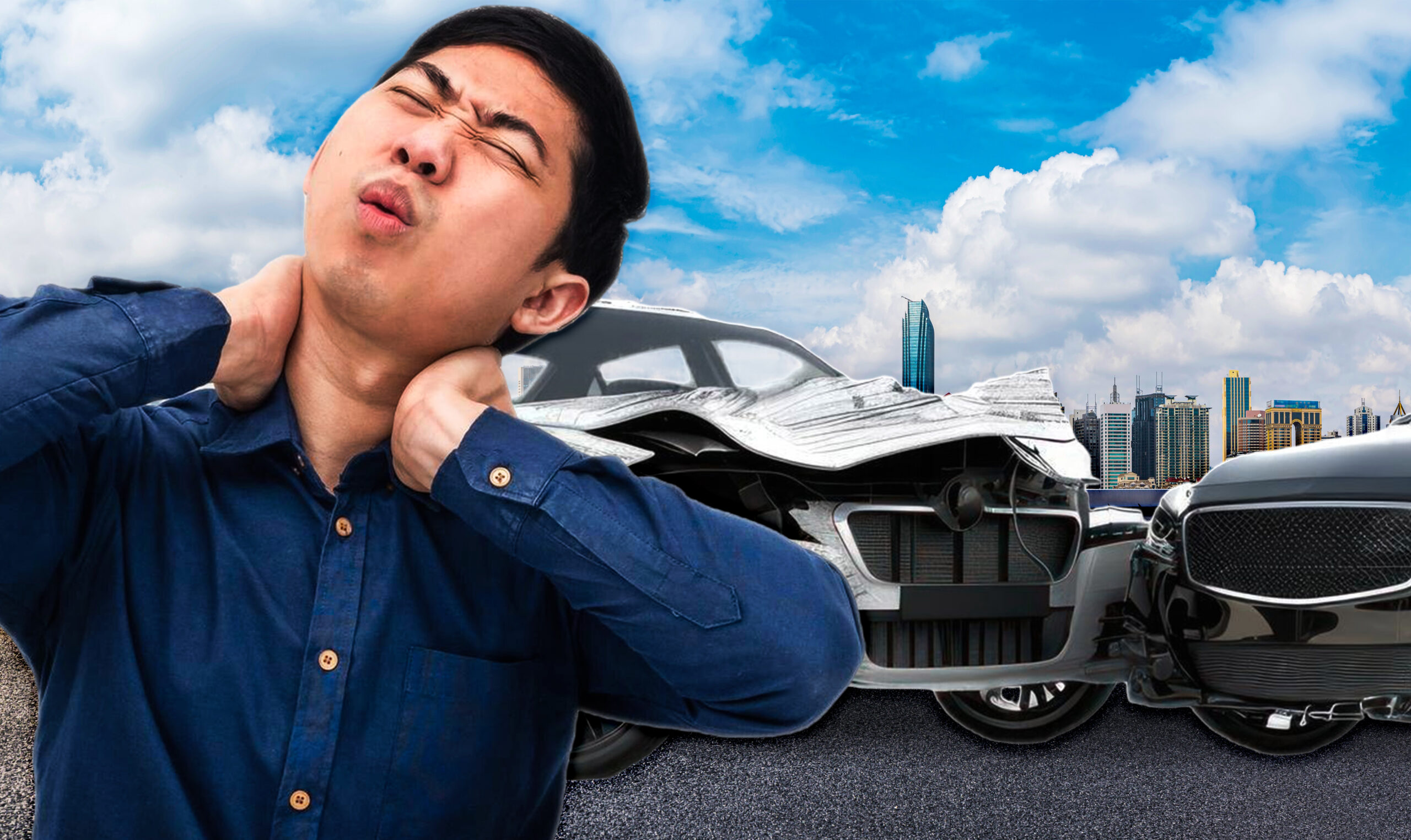
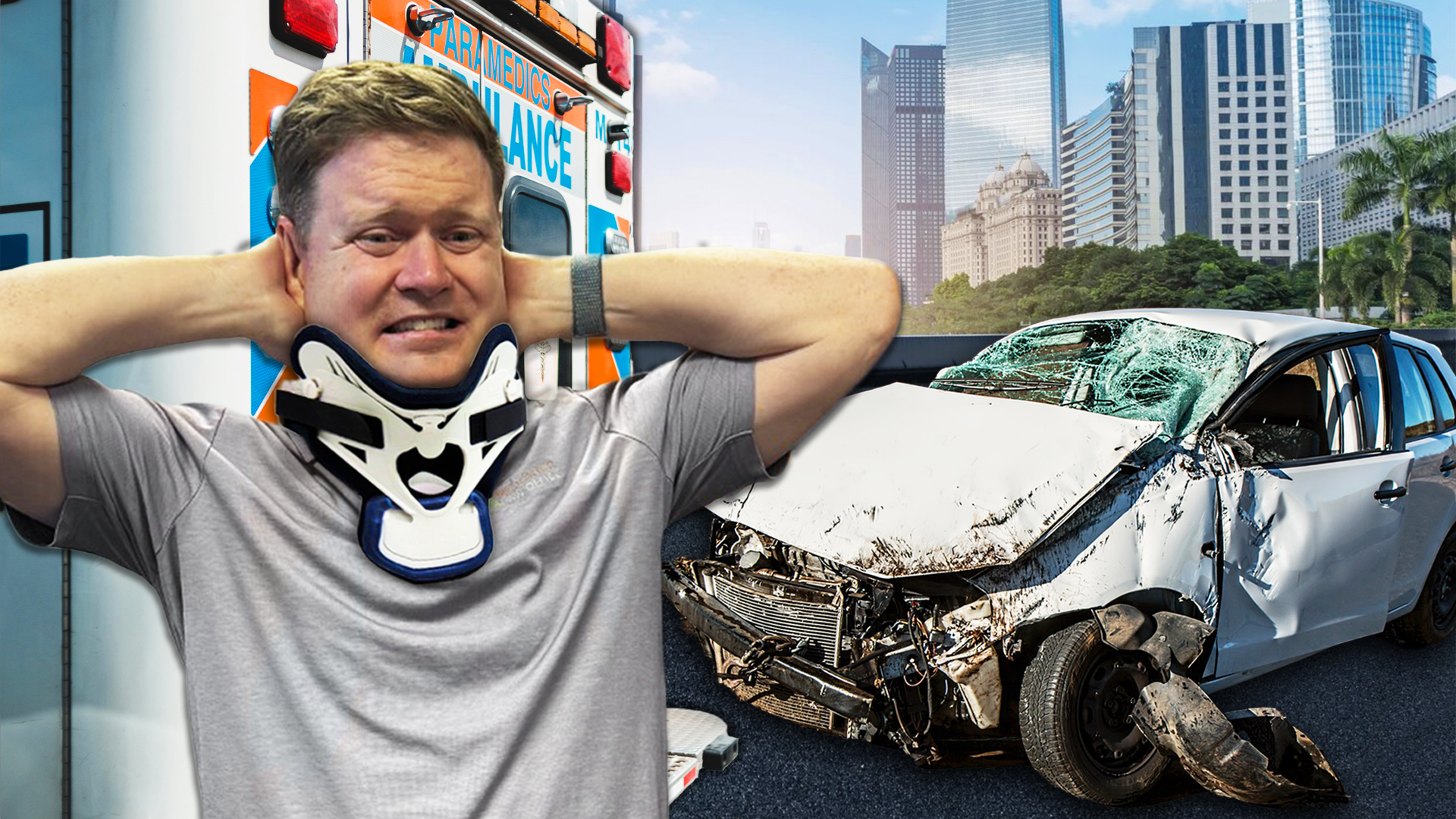
Recent Comments